This is a guest post from Camp NF Headmaster, Kate Galliett of FitForRealLife.com.
Living with foot pain? Think you’ll be wearing orthotics your whole life? Ack!
You fell victim to one of the classic blunders. The most famous is to “never get involved in a land war in Asia.” But only slightly less well-known is: “do not believe that you are stuck with weak, flat, bunion’d, or heel-spur’d feet.”
Ok, so Vizzini the Sicilian didn’t say it quite like that.
But this statement is no less true than his original one.
I’ve had the pleasure of helping a lot of people fix their feet up to be super strong, pain-free, orthotic-free, and awesome, and I’m going to teach you what I taught them.
Given that your feet are your base of support, they influence your power output of your hips and glutes, and they carry you off to every adventure you go on – it’s crucial they function well.
Your feet have a lot of working parts: bones, joints, muscles, tendons, connective tissue, and nerves that all need to work together properly. When this anatomy doesn’t get to express itself well, any number of things can go wrong. From developing “flat feet” to the more scary stress fracture, and everything in between.
Sometimes our shoes make this a real challenge. But do not fear! Today I’m going to fix your feet and make sure you can walk all the way to Mordor.
Are shoes the worst?
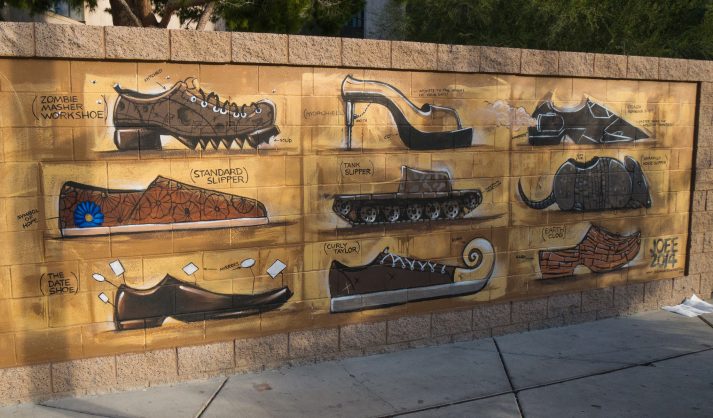
In short, constrictive “modern” shoes make it difficult for your foot anatomy to express itself well. From moving as it was built to move.
A healthy foot doesn’t just have one arch shape in it. It has three arch shapes. There is the main ‘arch’ on the inside of the foot, an arch that runs parallel to it on the outside edge of your foot, and an arch running across the metatarsal heads (you may know these as the “balls of your feet”).
Most feet have lost the two less famous arches (or possibly even all three!), and this is in part because the foot muscles have not been able to maintain strength and tone while inside modern shoes.
Yes, shoes do provide support. But, like anywhere else on your body, if an external object is providing support for your body, your body won’t need to to provide that support itself. Like a cast on your arm that supports the bones while they heal, your muscle tissue in that area is not providing that support, and thus it atrophies from disuse (this is the theory behind “fragile vs antifragile“).
Shoes do the same thing for your feet.
But it’s not all bad, the right shoes provide plenty of benefit: for starters, they protect your feet from things on the ground that might impale into your foot if you didn’t have the shoe material between you and the ground. This is less important if you are a Hobbit.
Shoes also provide a dampening effect, making the hard ground easier on your feet, and lessening any thermal energy that would otherwise come up from the hot ground and burn your feet. The same applies for taking your feet out onto a freezing ground.
[Note from Steve: I actually developed Plantar Fasciitis last summer when I moved to New York City from suddenly walking 10+ miles a day on hard concrete in minimal shoes. Too much, too soon, on hard ground = gonna have a bad time.]
Shoes are not meant to replace what your feet should be capable of doing on their own, but rather enhance what your feet can already do and keep them safe. Many people think if they have sore feet or foot problems that they solution is MORE support, MORE padding, MORE arch support. The reality might be that your feet have been ‘coddled’ and need to be rebuilt and restrengthened so they can support themselves!
Let’s get after it. For starters, shoes should not squeeze or scrunch or limit your feet from expressing their anatomy fully:
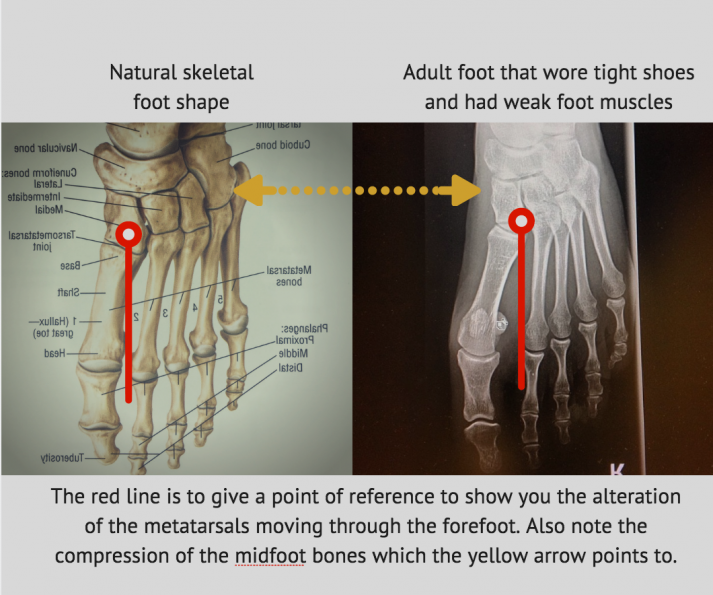
So what should you look for in a ‘better’ shoe?
Find a Better Shoe
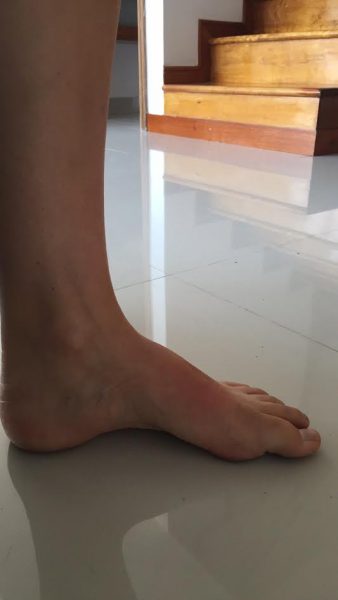 There are four components to look for in a shoe.
There are four components to look for in a shoe.
If the shoe doesn’t meet these four criteria, then your foot is going to be compromised.
A good shoe has:
- No heel lift of any kind.
- A wide toe box that allows your foot to spread as it lands on the ground with each step.
- A pliable bottom that allows your toes to bend to a full ninety degrees of flexion as you step.
- Something to attach it to your ankle area.
Let’s look at each in a bit more detail:
1. No heel lift of any kind. When your shoe raises your heel higher than your forefoot (aka heel lift), your ankle and lower leg are being positioned in a slightly shortened position for the duration that you’re wearing the shoes.
When your leg muscles are thrown into a slightly unnatural position, it means your mobility of your ankle will suffer… and this will limit all sorts of things: your squatting ability, interfering with your running gait, etc.
This doesn’t just mean high-heels either! This includes most regular shoes which have a bulky heel and lower toe. In many shoes you’ll see this difference between heel and forefoot referred to as a “drop,” so “zero-drop” shoes are shoes where heel and forefoot are at the same height.
2. A wide toe box that allows your foot to spread as it lands on the ground with each step. With each step you take, your foot actually spreads wider upon landing. This is impossible for your foot to do when it’s in a shoe that is too narrow.
If the toe box is not at least as wide as your foot when you’re standing on your foot, while it’s bearing your weight, that’s a problem for your foot. Know that as your foot becomes more ‘natural’ it’s possible it will widen further, as the muscles and bones reposition themselves.
Feet crammed into a shoe is like putting a leash on Sonic the Hedgehog: they want to be free!
3. A pliable bottom that allows your toes to bend fully as you step. Your great toe is meant to flex to ninety degrees as you move through the gait cycle. See below:
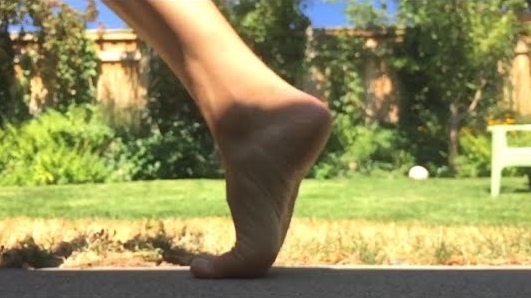
If your shoe does not allow this due to a hard sole, your feet won’t be able to move as well, and the soft tissues of your foot will get weaker from not being used fully. PLUS, when you aren’t flexing your big toe regularly, your body will start to lose the ability to use that joint fully. This can lead to all sorts of problems. Doh!
4. It’s strapped to your foot. If the shoe isn’t strapped around your ankle, your toes are going to grab at the shoe to keep it on with every step you take. This makes some of your foot bones push down and some of your foot bones lift up. That shift means you change the amount of forces on each bone. Over time, this can lead to stress fractures and tissue injuries.
“But Kate, it’s summer! sandals! Is this really a big deal?” Yes, it’s a big deal. If you’re looking for more, check out the below video from movement specialist Kelly Starret.
I understand that it’s now possible you’re very upset with me because I’ve just told you every shoe you own is causing a problem. The answer is not to immediately toss out whatever shoes you’re wearing for something that is fully ‘minimal’ in nature.
Also, this isn’t an “all or nothing” scenario. Similar to your nutrition, do the best you can when you can, and if you occasionally wear heels/flip flops for whatever reason, it’s certainly better than nothing.
There is a healthy and safe progression to take when it comes to moving towards a minimal shoe, and I’ll cover that at the end of the post.
Here’s how you can begin fighting for your feet…

For starters, determine how far you are from the ‘ideal’ shoe that meets all four criteria above. If you’re wearing a very cushion-y and/or very supportive shoe, or you live your life in high heels, know that there will be several iterations of a “better shoe” for you to go through.
And if you’re already wearing something you’d call ‘fairly minimal’, then your journey may be a bit shorter.
It doesn’t matter where begin your foot journey. What matters is that you can see a place you’d like to get to: your feet are more functional, stronger, and better supported, and happier.
Who doesn’t want happy feet?!
FIRST THINGS FIRST, I’m the realest you will want to immediately start improving the mobility and strength of your foot. Having better foot mobility means every tissue and joint can play it’s part in flexing, extending, and stabilizing. Developing foot strength means you start developing your arches back into your foot, and your feet will be better aligned to actually take advantage of all the muscles in your body which holds itself up. The more strength and mobility you have, the less support you’ll need from your shoe. In addition, having proper foot and ankle mobility is crucial in performing a proper (below parallel) bodyweight squat.
Perform the mobility work daily, and start with the strength drills every other day. Work gently, and go slow. For some, the foot hasn’t been well-attended to in decades. Try the following while you’re watching TV, or sitting at your desk, or whenever you can.
Do what you can, when you can:
- Rolling Out The Lower Leg A
- Rolling Out The Lower Leg B
- Toe Stretching Drill
- Seven Drills To Strengthen Your Foot
Transition to a Better Shoe
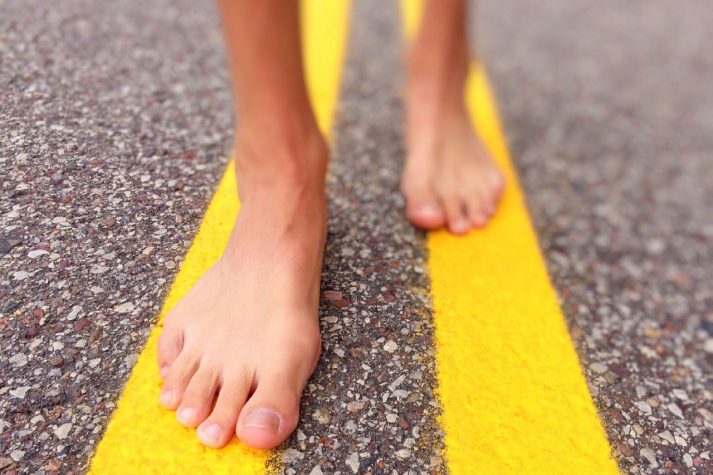
Since it’s not realistic to be barefoot all day in the modern world, we need a transition strategy.
1) The first and easiest way to start making this footwear change to make is to start wearing your shoes less total time during your day.
The more time your foot gets to be free from the restrictions of shoes, the more your anatomy gets to learn new signals and create new responses. It’s the equivalent of letting your dog run around the dog park regularly instead of having to stay cooped up inside an apartment.
Our feet were born free, and they deserve to be reminded daily what life is like on the outside (of a shoe!).
2) Begin strengthening and stretching. The drills above will get you started on a path to healthier feet.
3) Start the shoe transition process. Now, while you’re spending a little less time in shoes during your day, start taking a look at what options exist for a better version of the footwear you have currently.
- If you spend your day in flip-flops, take a look at brands like Unshoes, who makes sandals that strap to your ankle.
- If you spend your day in dress shoes, determine what freedom you have at the office to adjust your shoes to something less restrictive but still professional. Can you begin by buying a new dress shoe but one without a slight heel? Or, can you switch to a soft bottom shoe that is still dressy looking on the top of it? (Soft Star Shoes is great for this)
- If you’re wearing athletic shoes all day, what about them can you change? You could try a wider toe box, a more bendy bottom, or a reduced heel (many athletic shoes still have a heel on them, so take a look to see if yours does too). See our favorites below.
As much as I’d like to recommend some specific shoes, every person and every foot is different. For example:
- Steve trains in the Merrel Vapor Glove 2
- NF Rebel Ops Leader Staci rocks the Reebok Nano 6.
- Head NF Trainer Jim prefers to walk around in Daytona sandals.
Remember: no heel lift (aka “Zero drop”), wide toe box, pliable bottom, and strapped to your foot. The perfect shoe for someone may be lacking for one person may be lacking for someone else.
That said, here are some brands that tend to make shoes that jive with these requirements:
Make it a Priority, But Go Slow
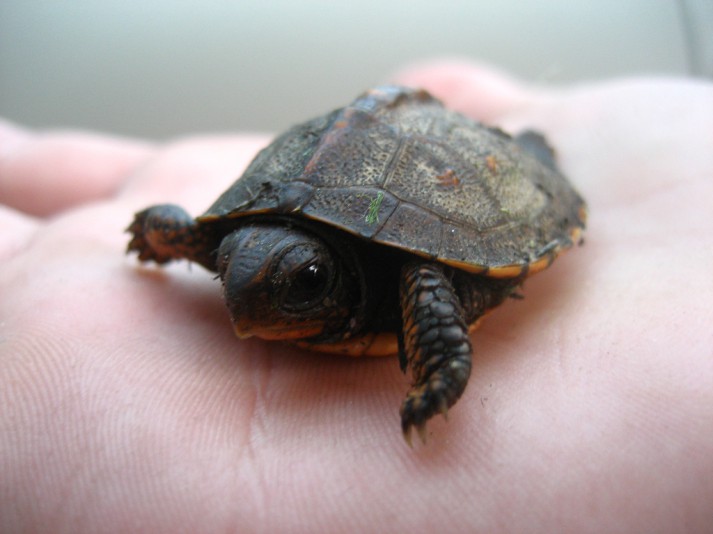
What you absolutely do not want to do is jump ahead to straight minimal shoes and go run a marathon – your feet will let you know quickly that they are not happy.
There is a real risk of injuring yourself if you make too big a transition in your footwear too quickly and then do too much. So if you are wearing a heavily supported, cushion-y shoe, you should not immediately begin wearing a Vibram five-finger shoe.
You wouldn’t jump right into a powerlifting meet on your first day ever of weightlifting, right? Don’t do something similar to your feet: slowly build up arch strength, flexibility, and insurance by introducing your feet to a slightly greater challenge regularly.
I took a full year to transition to traditional footwear to minimalist options. For many, the transition will be longer. I started in a basic running shoe that had some support, and slowly started reconditioning my feet to be more mobile, have healthier soft tissue, and to be stronger.
I introduced a new stimulus to my feet every few months by wearing a slightly less supportive pair of shoes. From the classic running shoe, moving down in cushion and support through the Nike Frees, to eventually get to the Vibram five-finger (the shoe of choice for me, but it doesn’t have to be your shoe of choice!).
I now spend as much time barefoot as I can, donning shoes only for the fact that they are required for places of business. If I’m not in a place that requires shoes by law, I prefer to be barefoot. (this doesn’t have to be how far you want to take it, it’s simply what feels best for me and my feet).
But don’t spend too much time stressing about achieving level 50 foot progress.
In fact, it’s a Rule of the Rebellion: We don’t care where you came from, only where you’re going. Simply make a commitment to give your feet the attention they deserve.
Whether you want to transition to minimal footwear, barefoot living, or simply want to make your feet function better and support your athletic endeavors, make an effort to improve your feet: it’s worth it.
You are not stuck with feet and ankles that hurt or are chronically injured!
Change the signals in and you’ll start to see a change: you’ll get stronger, better, more functional feet.
Do you have a feet horror story to share?
A Foot Redemption story?
Questions for me?
Let me know in the comments below!
-Kate
Kate Galliett brings together body, mind, and movement to help people become pain-free, highly-charged, and ready for anything at her site, Fit For Real Life. She coaches clients in-person, online, and through her foundational strength & mobility program, The Unbreakable Body. She holds a BS in Exercise Science and has worked as a coach for 14 years. She is House Gryffindor.
###
Kristina Alexanderson: Lego in Shoe, Jay Galvin: Different Shoes, Reiterlied: Walking Lego, DocChewbacca: Clean Shoe
from Blog – Nerd Fitness http://www.nerdfitness.com/blog/2016/08/30/stop-foot-pain-a-nerds-guide-to-healthy-feet/
via IFTTT
No comments:
Post a Comment